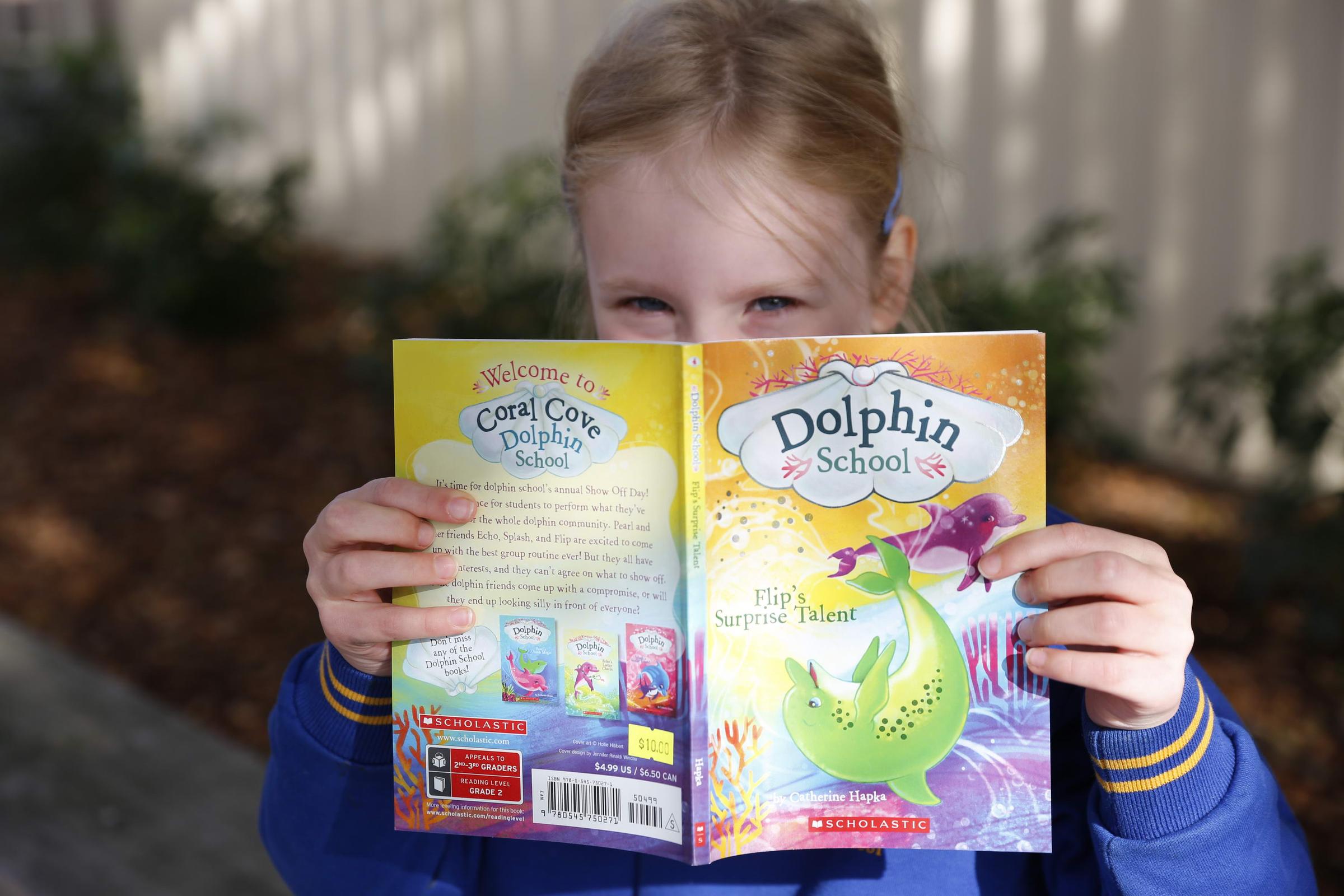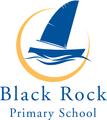English (Writing)

Writing
Whole Class Focus
To begin with, the teacher models the writing process or the children are involved in a shared class writing activity (the teacher and students collaboratively compose a piece of writing).
Independent Activity
Following this the children are engaged in independent writing tasks. Students work on various aspects of the writing process such as; planning, composing, recording, revising and publishing. This may include using the computer to write and illustrate a story.
Small Group Focus
While the children work on the individual writing tasks, the teacher works with a small group to teach specific skills. The children are grouped according to their like needs.
Teaching focuses may include: hearing and recording sounds in words, high frequency words, punctuation and spacing between words during the first semester. Following the small teaching group focus the teacher begins Roving conferences, supporting and extending children individually.
Whole Class Share Time
Sharing, reflecting and celebrating learning is an important part of the writing program.
Writing Genres
The children write in their Journal about a weekend experience every Monday. They are exposed to many different types of writing such as creative stories, letters, language experience, recounts, procedural texts, shopping lists and cards to allow the children to see a purpose for writing.
Handwriting
Handwriting is also a very important part of the Foundation program. Specific lessons are conducted with teaching focuses on; Fine motor activities such as cutting, tracing, tearing, threading, play dough and construction. Correct starting points, size and formation of both letter and numbers. Posture and pencil grip are emphasised. Children use a variety of writing and publishing materials.
Wordstudy
Weekly spelling explorations are taught in a developmental sequence. The children are exposed to all letters and sounds through the use of Tucker signs. This is a visual and kinaesthetic way to cue children into recognising and recording their sounds and letter patterns in both reading and writing and makes learning enjoyable. The children then progress onto onset and rhyme words eg; pat hat, cat and become familiar with blends such as; th, ch, sh, ay, ar etc. They are taught to write these words and incorporate them into their writing.
